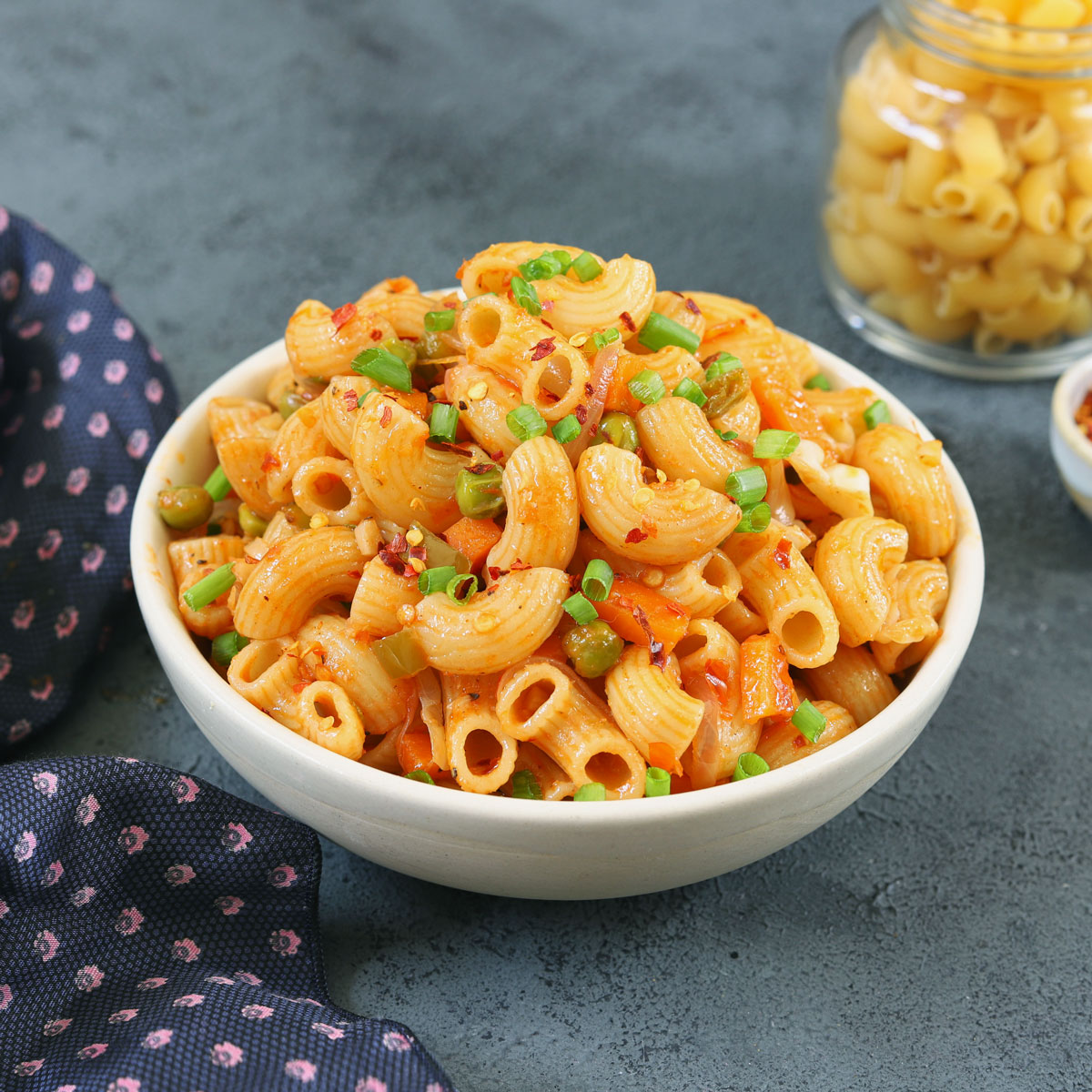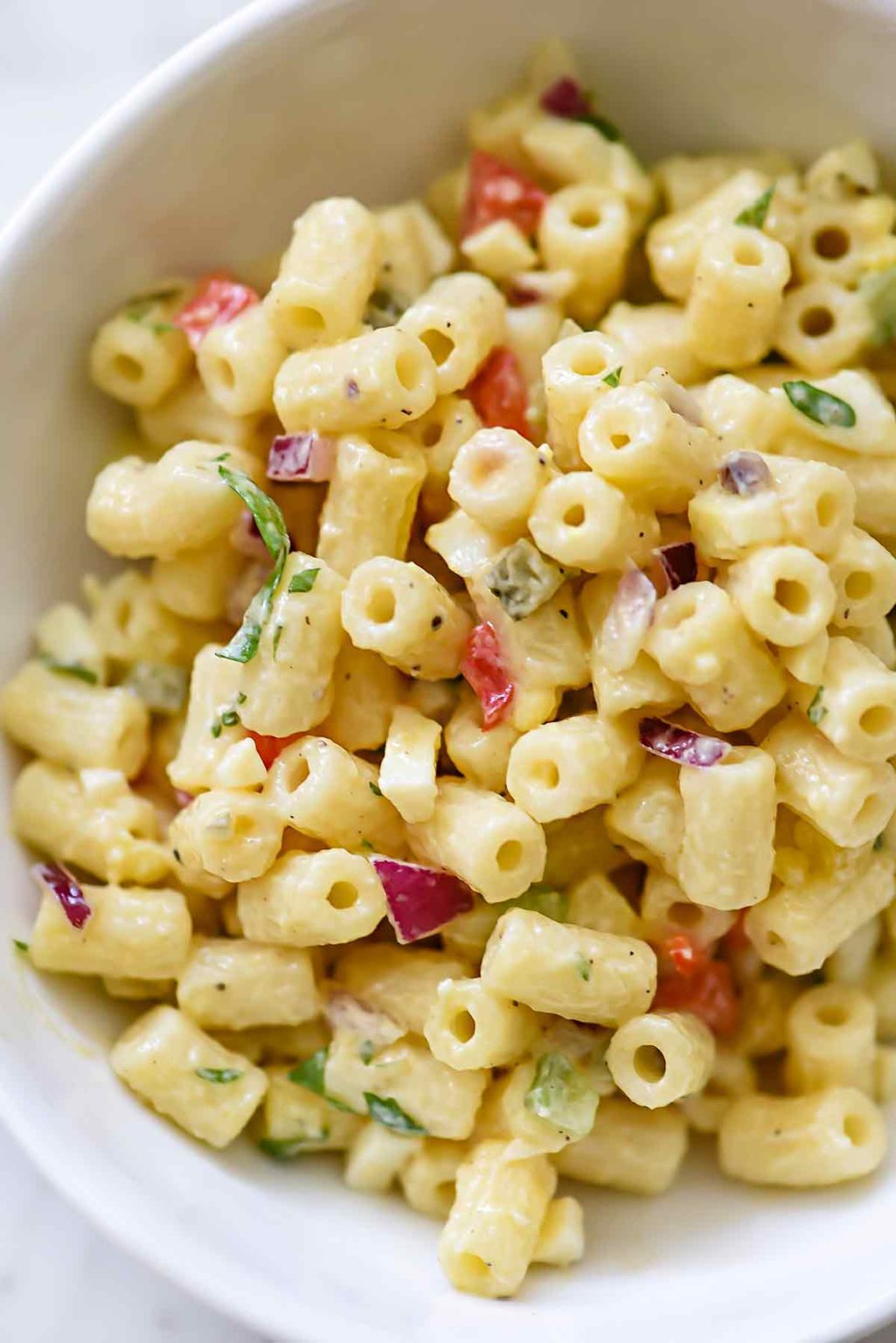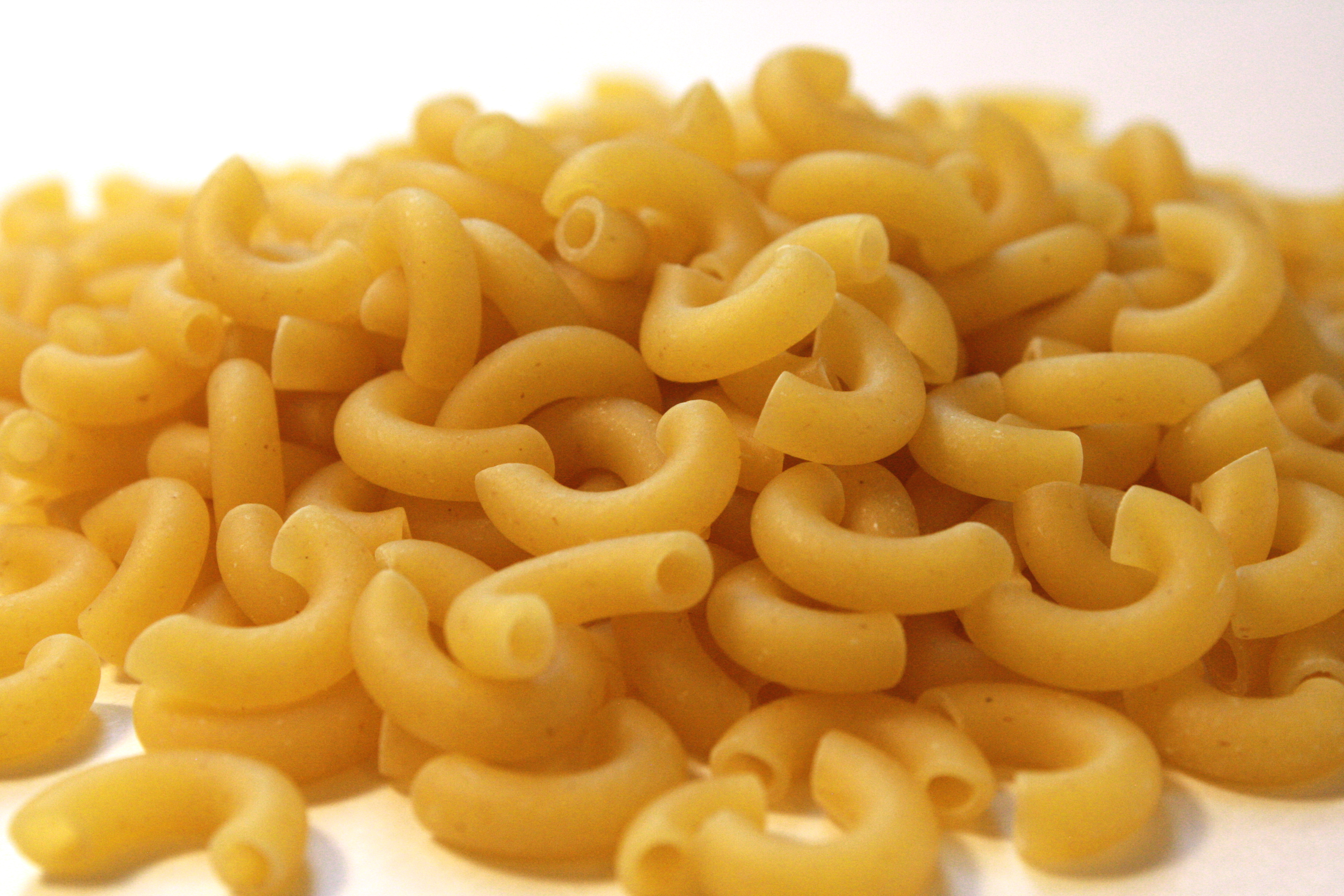Macaroni Penguin - A Look At These Crested Seabirds
Have you ever wondered about the creatures that call the coldest parts of our planet home? Among them, you might find a truly distinctive bird, one with a rather striking appearance. This is the macaroni penguin, known in scientific circles as Eudyptes chrysolophus. These are, in a way, quite remarkable birds, making their homes in some very chilly spots, stretching from the subantarctic areas all the way down to the Antarctic Peninsula. They are, you know, a part of a special group, being one of just six kinds of crested penguins that exist.
These particular penguins, too it's almost, stand out with their rather notable features. Picture a bird with a face and chin that are a deep, dark shade, and then add a bill that's a good size, sporting a reddish-orange hue. But what really makes them recognizable, perhaps, are those distinctive crests. These are birds that, basically, carry a certain kind of flair, making them quite memorable if you ever get the chance to see them. They really are, in some respects, quite a sight to behold.
So, if you are curious about the lives of these aquatic birds, from what they consume to where they prefer to settle down, then you've come to the right place. We'll be looking at some interesting aspects of these social seabirds, covering a bit about their daily routines, their connections to other penguin kinds, and even some of the things that make their lives a little challenging. It's about getting to know, actually, what makes the macaroni penguin such an amazing creature.
Table of Contents
- What Makes a Macaroni Penguin Unique?
- What Do Macaroni Penguins Eat?
- The Macaroni Penguin's Family Tree
- Life and Habits of the Macaroni Penguin
- Protecting the Macaroni Penguin
- Fascinating Macaroni Penguin Facts
What Makes a Macaroni Penguin Unique?
When you consider the many different kinds of penguins, the macaroni penguin, or Eudyptes chrysolophus, really stands apart. They are, you know, a member of the crested penguin family, which means they have those rather striking yellow or orange plumes on their heads. These are not just any penguins; they are, in fact, among the largest of the six species that boast these distinctive crests. Their overall look is, basically, quite similar to other crested penguins, yet they possess features that make them quite recognizable. You might notice their rather prominent bill, which is a reddish-orange color, and their face and chin are typically a dark, almost black, shade. This combination of colors and the unique crests really help them stand out in the chilly environments where they live. It's almost as if they've been given a special kind of natural decoration.
An adult macaroni penguin is, usually, a good size. They tend to be around 70 centimeters, which is about 28 inches, in length. This makes them quite substantial birds, especially when you see them waddling around their rocky homes or swimming with incredible speed in the ocean. Their appearance, with that vibrant plumage and those playful antics, is something that truly captures attention. They are, in a way, quite lively creatures, moving with a certain kind of energy that is quite fun to observe. The way they carry themselves, with those bright crests, gives them a distinct personality, you could say. So, when you think about what makes a macaroni penguin unique, it's a blend of their physical traits and their lively character, too it's almost.
Where Can You Find the Macaroni Penguin?
The macaroni penguin is, basically, a creature of the colder parts of the world, specifically the Southern Ocean. You can, in fact, find them spread across a rather wide range, from the subantarctic islands to the Antarctic Peninsula itself. These are places where the weather is often harsh, and the waters are very, very cold. More specifically, their homes include islands in both the Indian Ocean and the South Atlantic. These locations offer the kind of environment that these penguins need to survive and raise their young. They are, you know, quite adaptable to these chilly conditions, having evolved over time to thrive in such a demanding climate. It's pretty amazing, actually, how they manage to make a living in such remote and often unforgiving places. Their range, in some respects, shows just how tough and resilient these birds are.
Think about islands like South Georgia, the Kerguelen Islands, or Heard Island; these are all places where macaroni penguins are known to gather in large numbers. The precise locations vary a bit depending on the time of year, as they do move around for breeding and foraging. But the general idea is that they stick to these colder, southern latitudes. They are, you know, very much a part of the ecosystem in these areas, playing a role in the marine life there. So, if you were to picture where these distinctive birds live, it would be in places that are often remote, windswept, and surrounded by the vast, cold waters of the Southern Ocean. They truly are, in a way, residents of the far south, perfectly suited to their icy surroundings.
What Do Macaroni Penguins Eat?
When it comes to what macaroni penguins consume, they are, in fact, rather significant eaters in the marine world. It's thought that they are the biggest consumers of marine resources among all seabirds. That's a pretty big title, you know, when you consider all the different kinds of birds that rely on the ocean for their sustenance. Their primary food source is, basically, krill. These are tiny crustaceans that live in vast swarms in the Southern Ocean. Macaroni penguins eat, apparently, tons of krill each year. Just think about that amount – it's a truly massive quantity of these small creatures that these birds manage to take in. This really highlights their importance in the food chain of their environment, as they process such a huge amount of biomass. They are, in some respects, a key part of how energy moves through the ocean ecosystem.
Beyond krill, they might also eat other small marine life, though krill makes up the vast majority of their diet. The fact that they consume so much krill means they play a substantial role in regulating the krill populations, which in turn affects other animals that also rely on krill for food. It's a rather delicate balance, and the macaroni penguin is a very, very active participant in it. Their feeding habits are, basically, a testament to their specialized adaptations for life in the cold, productive waters where krill are abundant. So, when you consider their diet, it's not just about what they eat, but also the sheer volume of it, making them quite influential in their watery world.
How Deep Can a Macaroni Penguin Dive?
To get at all that krill and other small creatures, macaroni penguins have to be rather skilled at moving through the water. When they are on the hunt for food, these birds will, you know, go down into the ocean quite a bit. They are known to submerge anywhere from 15 to 70 feet. That's a pretty wide range, and it means they can adapt their hunting strategy based on where the food is located in the water column. A 15-foot dip is, basically, a relatively shallow plunge, perhaps for krill closer to the surface. But then, to go down 70 feet, that's a good distance for a bird to travel underwater, especially when you consider they're doing it repeatedly throughout the day to find enough food. It really shows their capacity for underwater activity.
Their ability to go to these depths, too it's almost, is a reflection of their physical adaptations. They are built for efficiency in the water, with bodies that are streamlined and powerful flippers that act like paddles. These dives are not just quick dips; they are sustained efforts to find and catch their prey. The amount of time they spend underwater and the depths they reach are, in some respects, quite impressive for a bird. It allows them to access a significant portion of the marine environment where their food lives. So, when you think about how these macaroni penguins get their meals, it involves a lot of active swimming and a remarkable capacity to go down into the ocean's depths.
The Macaroni Penguin's Family Tree
Understanding where the macaroni penguin fits into the broader animal kingdom is, basically, pretty interesting. They belong to the genus Eudyptes, which is the group that includes all the crested penguins. This means they share common ancestors with other penguins that also have those distinctive head plumes. It's, you know, a family of birds that are all characterized by these unique features. Within this family, the macaroni penguin is, in fact, very closely connected to another specific kind of penguin: the royal penguin. Their relationship is so close that, in some respects, they look quite similar, and there's been discussion among scientists about just how distinct they are from each other. They are, apparently, like very close cousins in the penguin world.
This close kinship means they likely share many behaviors and biological traits, even if there are some differences in their appearance or where they choose to live. Studying these family connections helps us, basically, understand how different species of penguins have developed over time and how they've adapted to their environments. It's about tracing their lineage, you could say, and seeing how they've diversified from common ancestors. So, when we talk about the macaroni penguin's family tree, we're talking about its place among the crested penguins and its particularly strong bond with the royal penguin, showing a clear evolutionary link between them, that is that.
Life and Habits of the Macaroni Penguin
The lives of macaroni penguins are, basically, full of activity, especially when they are on land for breeding. These are social seabirds, meaning they tend to live in groups, often forming very, very large colonies during the breeding season. Imagine thousands upon thousands of these birds gathered together on a rocky shore; it's quite a spectacle. Their daily routines involve a lot of time spent in the water, hunting for food, and then returning to their land-based colonies. They are, you know, quite adept at both swimming and moving across land, even if their waddle seems a bit clumsy to us. Their bodies are built for efficiency in the water, but they manage just fine on their feet, too it's almost.
When it comes to their habits, they exhibit a range of behaviors that scientists find quite fascinating. This includes their breeding behavior, which involves specific rituals for finding mates and raising their young. They are known for their vibrant plumage and, apparently, their playful antics, which suggests a certain kind of social interaction within their groups. What's also interesting, and perhaps a little surprising, is that the topic of "penguin divorces" comes up when discussing their behavior. This refers to instances where breeding pairs might separate after a season, which is a subject that scientists study to better understand their pair-bonding strategies. So, their lives are not just about eating and swimming; they involve complex social structures and interactions within their colonies, in a way.
Protecting the Macaroni Penguin
Understanding the macaroni penguin also means looking at the things that affect their populations and their continued existence. Like many creatures that live in the wild, especially those in delicate ecosystems, macaroni penguins face various threats. These can include changes in their habitat, which might be due to broader environmental shifts. Also, factors like the availability of their food sources, particularly krill, can have a big impact. If krill populations decline, it directly affects the macaroni penguins' ability to find enough to eat, which in turn affects their health and breeding success. It's a very, very interconnected system, you know, and changes in one part can ripple through the whole thing.
Scientists and conservation groups spend time studying penguin science, looking at their populations, their range, and the specific threats they encounter. This information is, basically, vital for figuring out the best ways to help these aquatic birds. The goal is to ensure that these unique crested penguins continue to thrive in their southern homes. It involves monitoring their numbers, understanding their breeding patterns, and keeping an eye on the health of their environment. So, when we learn about macaroni penguins, it's also about recognizing the challenges they face and the efforts being made to help protect them for the future, you know, for generations to come.
Fascinating Macaroni Penguin Facts
There's a lot more to learn about macaroni penguins than just where they live and what they eat. For instance, there are many interesting details about how they were named. The "macaroni" part of their name, apparently, comes from a fashion trend in 18th-century England. Young men who traveled to Italy and adopted continental styles were called "macaronis," which referred to their elaborate and showy appearances, a bit like the penguin's bright crests. It's a rather whimsical origin for a name, you know, for a bird that lives in such remote places. This bit of history adds a fun layer to their story, showing how human culture can sometimes connect with the natural world in unexpected ways.
Beyond their naming, there are, in fact, many other remarkable things about them. Their social behaviors, for example, are quite intricate. We mentioned "penguin divorces," which is just one aspect of their complex social lives. Their breeding behaviors are also quite specific, involving particular nesting sites and ways of raising their chicks. The way they interact within their large colonies, too it's almost, is a subject of ongoing study. Learning about these kinds of facts, from what they eat and how they breed to their social dynamics and even how they got their name, helps us appreciate just how truly amazing these social seabirds are. They are, in some respects, full of surprises and unique characteristics that make them a joy to learn about.
So, we've taken a look at the macaroni penguin, from its striking appearance with that reddish-orange bill and distinctive crests to its home in the subantarctic and Antarctic Peninsula. We've considered its diet, primarily krill, and its impressive ability to dive for food. We also touched upon its close family ties to the royal penguin and the fascinating aspects of its life, including breeding behaviors and even the origin of its name. Finally, we briefly looked at the importance of understanding the threats these aquatic birds face, and the ongoing efforts to protect them.

Indian Veg Macaroni Recipe | Deporecipe.co

THE BEST Classic Macaroni Salad Recipe - foodiecrush

Macaroni Pasta – Photos Public Domain